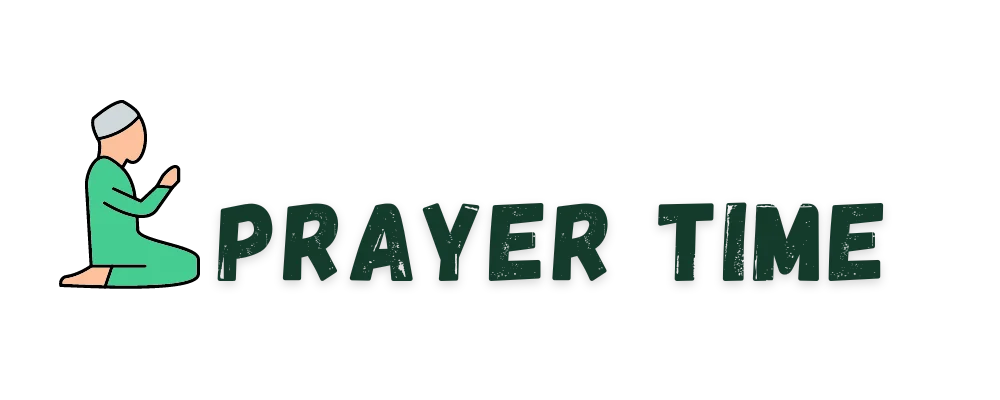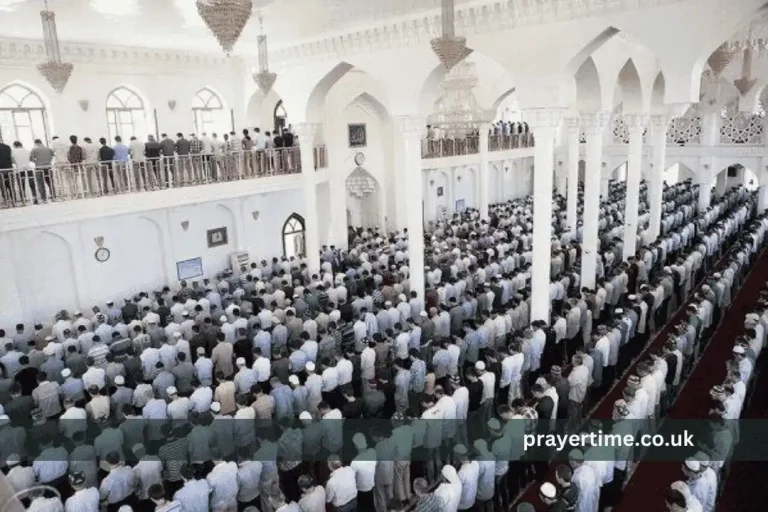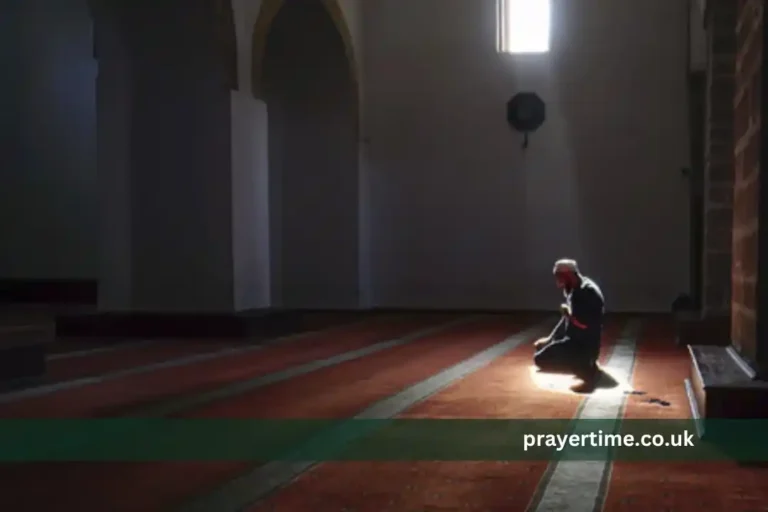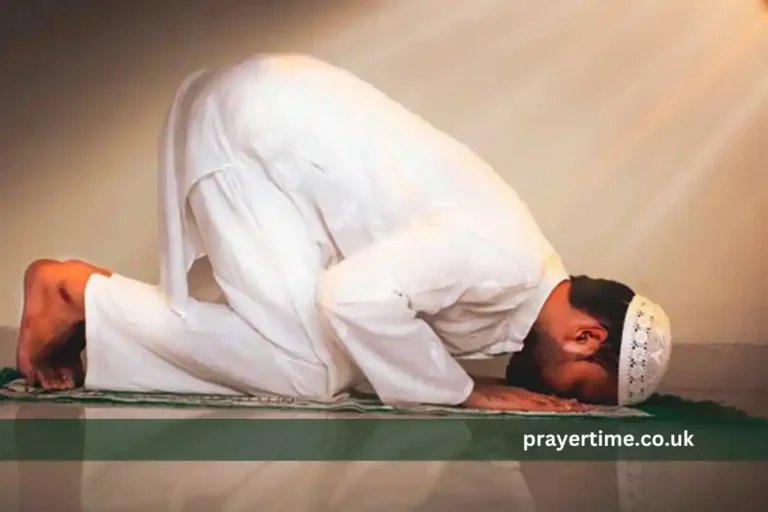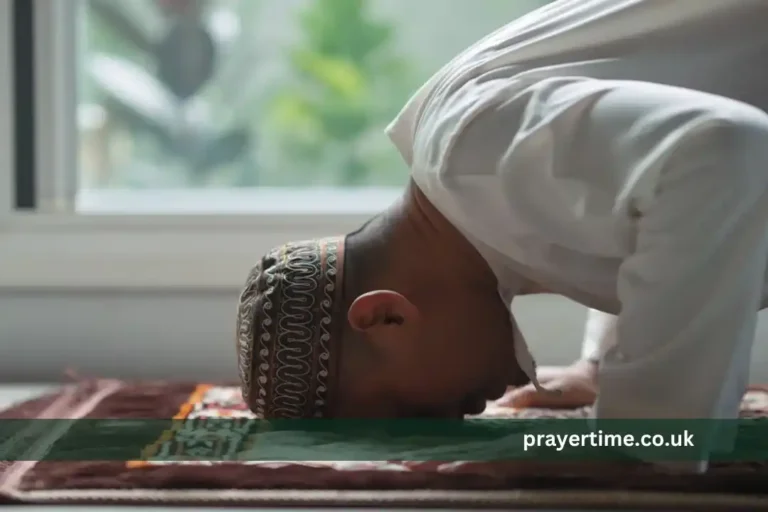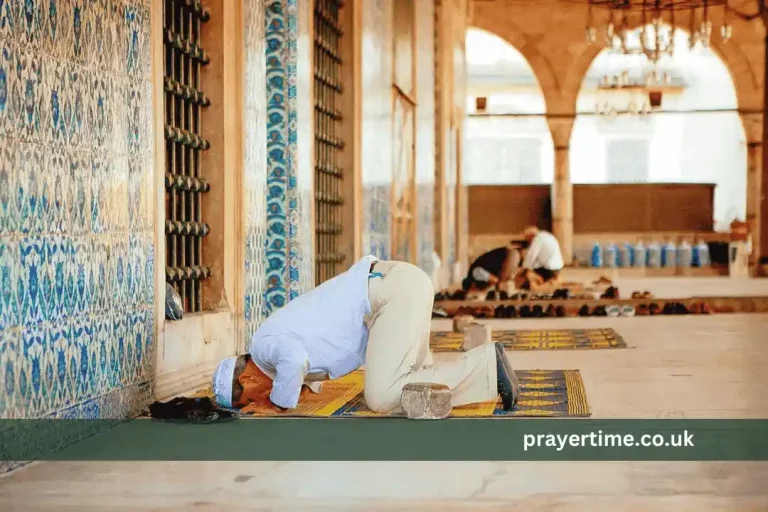How to Pray Taraweeh: A Comprehensive Guide for Muslims During Ramadan
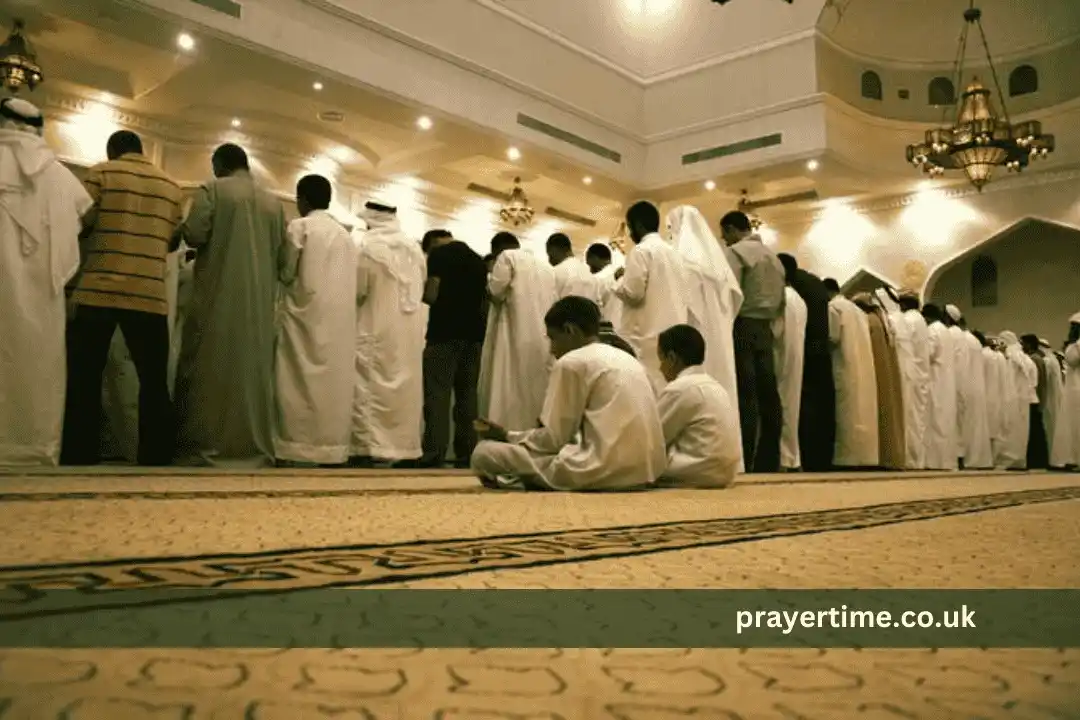
Ramadan, the holy month of fasting in Islam, brings a special nightly prayer known as Taraweeh. For many Muslims, learning how to pray Taraweeh is an essential part of their spiritual journey during this blessed time. Taraweeh, derived from the Arabic word for rest or relaxation, is a voluntary prayer performed after the obligatory Isha prayer each night of Ramadan.
Taraweeh holds immense significance during Ramadan, serving as a means of spiritual purification and connection with Allah. This nightly prayer allows Muslims to engage in extended worship, reflecting on the Quran’s teachings and seeking forgiveness. According to a hadith narrated by Abu Hurairah, the Prophet Muhammad (peace be upon him) said,
“Whoever prays during the nights of Ramadan out of sincere faith and hoping for a reward from Allah, then all his previous sins will be forgiven” (Sahih Al-Bukhari).
The importance of Taraweeh extends beyond individual spiritual growth. It fosters a sense of community as Muslims gather in mosques to pray together, strengthening bonds of brotherhood and sisterhood. For those unable to attend the mosque, praying Taraweeh at home can still bring immense blessings and a deeper connection to the spirit of Ramadan.
As we delve into the details of how to pray Taraweeh, it’s crucial to approach this practice with an open heart and a willingness to learn. Whether you’re new to Islam or seeking to deepen your understanding of this beautiful tradition, this guide will provide you with the knowledge and practical steps to perform the Taraweeh prayer confidently and sincerely.
Understanding Taraweeh Prayer
Origin and historical context
Taraweeh prayer traces its roots back to the time of Prophet Muhammad (peace be upon him). The term “Taraweeh” comes from the Arabic word for rest or relaxation, as early Muslims would take breaks between sets of prayers. Historically, the Prophet led Taraweeh prayers in congregation for a few nights during Ramadan but later encouraged Muslims to pray at home to avoid it becoming obligatory.
The practice of praying Taraweeh in the congregation was formally established during the caliphate of Umar ibn Al-Khattab. He noticed people praying individually or in small groups and decided to unite them behind a single imam. This tradition has continued to this day, with Muslims worldwide gathering in mosques for Taraweeh during Ramadan.
Significance in Islamic tradition
Taraweeh holds a special place in Islamic tradition, particularly during Ramadan. Most scholars consider it a sunnah mu’akkadah (emphasized sunnah), meaning it’s highly recommended but not obligatory. The significance of Taraweeh is multifaceted:
- Spiritual rejuvenation: Taraweeh offers an opportunity for extended night worship, allowing Muslims to deepen their connection with Allah.
- Quranic recitation: During Taraweeh, it’s common to recite the entire Quran throughout Ramadan, helping Muslims engage with their holy book.
- Community building: The act of praying Taraweeh in congregation strengthens community ties and fosters unity among Muslims.
- Seeking forgiveness: The Prophet Muhammad said,
“Whoever stands (in prayer) in Laylatul Qadr out of faith and expectation (of Allah’s reward), will have all of his previous sins forgiven” (Bukhari and Muslim).
Understanding how to pray Taraweeh correctly enhances its spiritual benefits. Whether performed in a mosque or at home, Taraweeh remains a cherished Ramadan tradition that brings Muslims closer to their faith and one another.
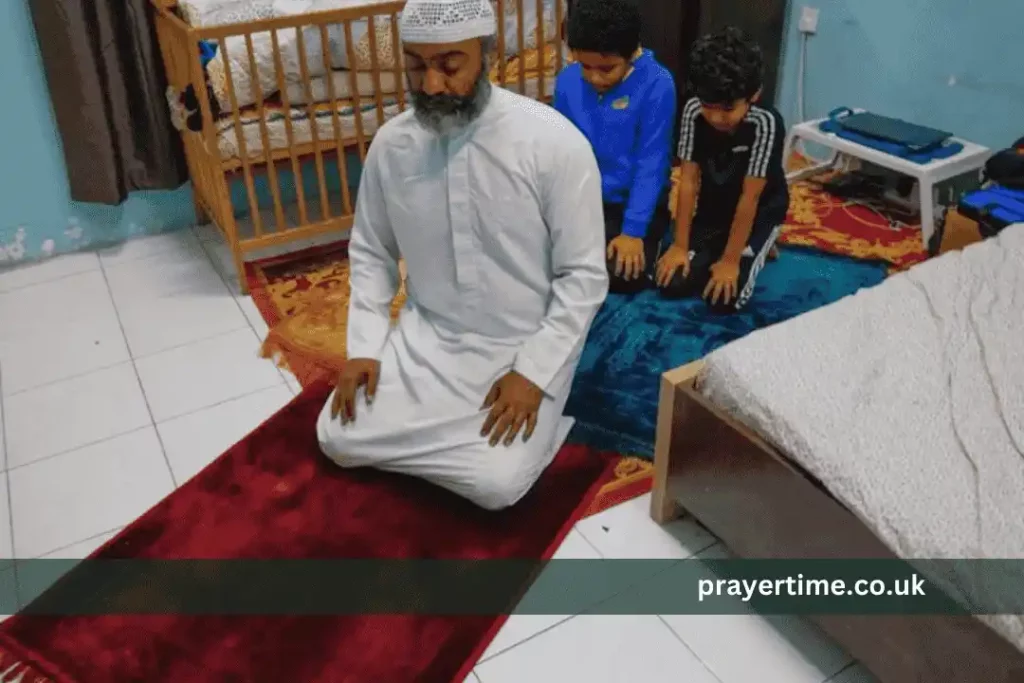
Preparing for Taraweeh
Purification (Wudu)
Before learning how to pray Taraweeh, it’s essential to understand the importance of purification. Wudu (ablution) is a prerequisite for any prayer in Islam, including Taraweeh. Here’s a quick guide to performing wudu:
- Make the intention (niyyah) in your heart.
- Wash your hands three times.
- Rinse your mouth and nose three times.
- Wash your face three times.
- Wash your arms up to the elbows three times.
- Wipe your head and ears once.
- Wash your feet up to the ankles three times.
Remember, if you maintain your wudu after Isha prayer, you don’t need to repeat it for Taraweeh unless it’s broken.
Choosing the right time and place
Timing: Taraweeh is typically performed after the Isha prayer during Ramadan. Most mosques begin Taraweeh shortly after Isha, but if you’re praying at home, you have flexibility in timing. However, it’s recommended to pray earlier in the night if possible.
Location: You can pray Taraweeh in various settings:
- Mosque (Masjid): Praying in congregation at the mosque is highly rewarding. The Prophet Muhammad (PBUH) said, “The prayer in congregation is twenty-seven times superior to the prayer offered by person alone” (Bukhari and Muslim).
- Home: Praying at home is acceptable if you can’t attend the mosque. Create a clean, quiet space for prayer.
- Outdoors: Some Muslims prefer praying Taraweeh outdoors, especially in warmer climates. Ensure the area is clean and free from distractions.
Regardless of where you pray, selecting a place that allows for focus and concentration is key. By properly preparing for Taraweeh, you set the foundation for a meaningful prayer experience that can deepen your connection with Allah during the blessed month of Ramadan.
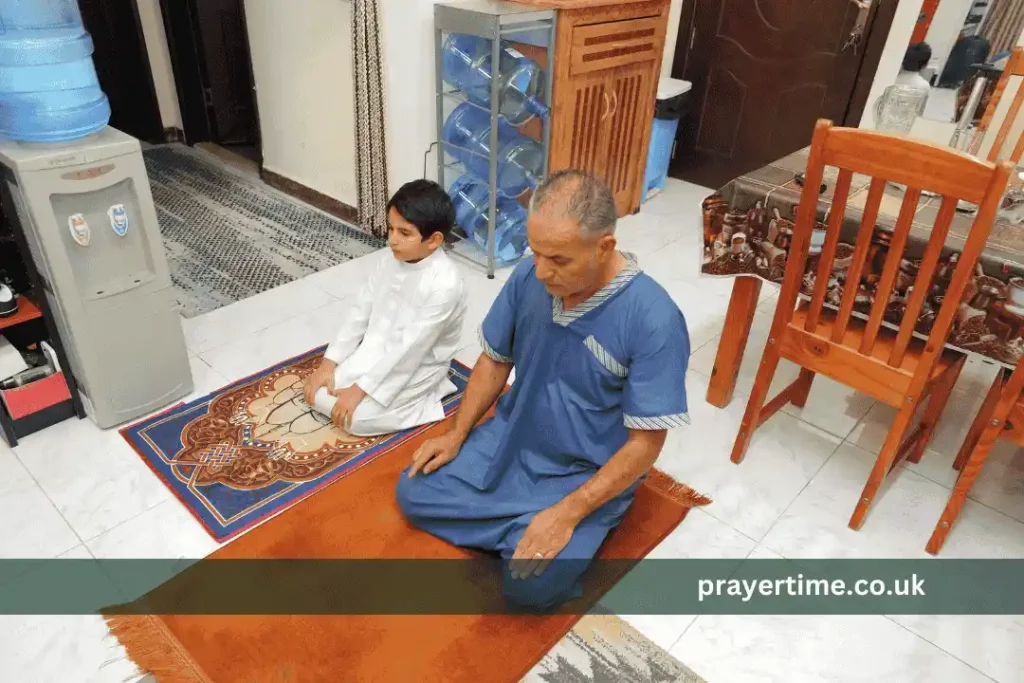
Step-by-Step Guide to Praying Taraweeh
A. Setting the intention (Niyyah)
Before starting Taraweeh, make a sincere intention in your heart to perform the prayer for Allah’s sake. This doesn’t need to be spoken aloud but should be a conscious decision.
B. Praying Isha first
Taraweeh is performed after the obligatory Isha prayer. Ensure you’ve completed Isha, including its sunnah prayers, before beginning Taraweeh.
C. Beginning Taraweeh prayer
Start by standing facing the qibla. Raise your hands to your ears and say “Allahu Akbar” (God is the Greatest) to enter the state of prayer.
D. Rakat structure and count
Taraweeh is typically prayed in sets of two rakats. The total number can vary:
- 8 rakats: Prayed as 4 sets of 2 rakats each
- 20 rakats: Prayed as 10 sets of 2 rakats each
Some may pray 12 or 16 rakats. The Prophet Muhammad (PBUH) is reported to have prayed 11 rakats, including Witr (Bukhari). Choose the number that allows you to pray with focus and tranquility.
E. Recitation during Taraweeh
In each rakat, recite:
- Surah Al-Fatihah
- Another portion of the Quran
If praying behind an imam, listen attentively to their recitation. Many mosques aim to complete the entire Quran during Ramadan’s Taraweeh prayers.
F. Taking breaks between sets
It’s customary to take short breaks after every four rakats. During these pauses, you can sit, make dua (supplication), or quietly reflect. Some mosques recite special invocations during these breaks.
Remember, how you pray Taraweeh may vary slightly based on your school of thought or local customs. The key is to maintain focus, understand the recitations, and connect deeply with Allah through this blessed act of worship.
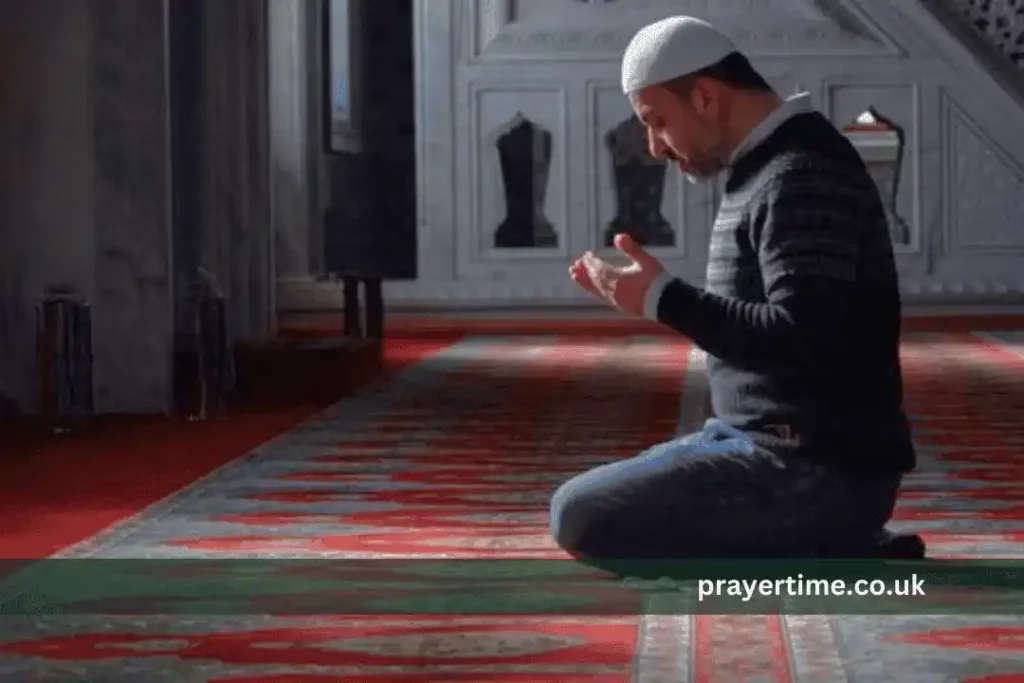
Variations in Taraweeh Prayer
Praying at home vs. in the mosque
How to pray Taraweeh can differ based on your location:
In the mosque:
- Follow the imam’s lead
- Benefit from congregational prayer rewards
- Experience community spirit
At home:
- More flexibility in timing
- Can adjust pace and length to personal preference
- Opportunity for family bonding
While praying in the mosque is highly encouraged, the Prophet Muhammad (PBUH) said,
“The best prayer is one’s prayer in one’s house, except the obligatory prayers” (Bukhari and Muslim).
Differences for men and women
The core method of how to pray Taraweeh remains the same for both genders. However, some differences may include:
- Women typically pray in a separate area in mosques
- Some scholars suggest slight variations in prayer postures for women, such as keeping elbows closer to the body during prostration
Both men and women can lead Taraweeh prayers at home for their families.
Hanafi, Shafi’i, and other school perspectives
Different Islamic schools of thought may have slight variations in Taraweeh practices:
Hanafi:
- Prefer 20 rakats of Taraweeh
- Often recite shorter portions of the Quran in each Rakat
Shafi’i:
- Typically pray 20 rakats
- May have longer Quran recitations in each Rakat
Maliki:
- Traditionally, pray 36 rakats, including Shaf’a and Witr
- This is based on the practice of the people of Medina
Hanbali:
- Flexible approach, accepting both 8 and 20 rakats as valid
Despite these differences, all schools agree on the importance and blessings of Taraweeh prayer during Ramadan. The Prophet Muhammad (PBUH) emphasized its significance, saying,
“Whoever prays during the nights of Ramadan out of sincere faith and hoping for a reward from Allah, then all his previous sins will be forgiven” (Bukhari).
Remember, the essence of Taraweeh lies in sincere devotion and connection with Allah, regardless of the specific method you follow.
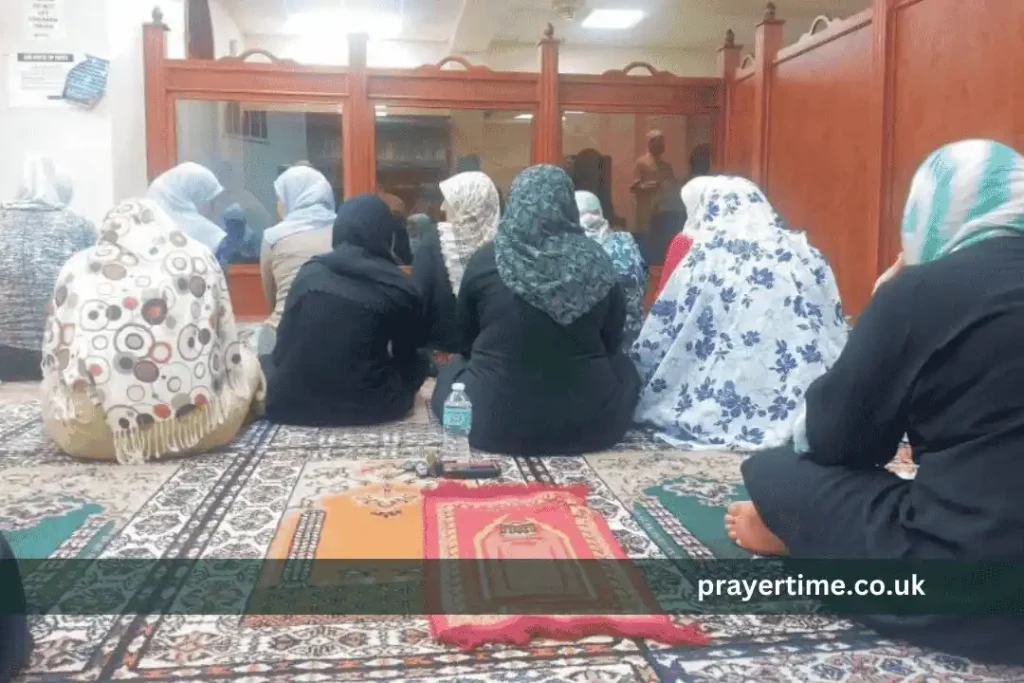
Tips for a Meaningful Taraweeh Experience
Understanding the recitation
To enhance your Taraweeh experience, try to understand what’s being recited:
- Familiarize yourself with common surahs and their meanings before Ramadan.
- If praying at home, recite in a language you understand alongside Arabic.
- In the mosque, listen attentively to the imam’s recitation. Many mosques provide translations or tafsir (explanation) sessions.
- Reflect on the verses during the short breaks between rakats.
Understanding the recitation can significantly deepen your connection to the prayer and effectively improve your focus on praying Taraweeh.
Maintaining focus and concentration
Staying focused during long Taraweeh prayers can be challenging. Here are some tips:
- Remind yourself of the purpose and rewards of Taraweeh. The Prophet (PBUH) said, “Whoever stands (in prayer) in Laylatul Qadr out of faith and expectation (of Allah’s reward) will have all of his previous sins forgiven” (Bukhari and Muslim).
- Choose a spot in the mosque with minimal distractions.
- Focus on the meaning of each movement in the prayer.
- If your mind wanders, gently bring it back to the prayer without self-criticism.
- Use the sujood (prostration) to reconnect with Allah and renew your focus.
Physical preparation for long prayers
Taraweeh can be physically demanding, especially if you’re not used to long prayers. Here’s how to prepare:
- Eat a light, nutritious meal for iftar to avoid feeling sluggish during prayer.
- Stay hydrated, but avoid drinking too much right before Taraweeh.
- Wear comfortable, loose-fitting clothes that allow for easy movement.
- If you have physical limitations, use a chair or prayer mat for support.
- Start preparing physically before Ramadan by increasing your daily prayers gradually.
Remember, the goal of Taraweeh is spiritual connection, not physical endurance. Listen to your body and pray within your capabilities. As you learn how to pray Taraweeh more effectively, the experience becomes more rewarding and less physically challenging.
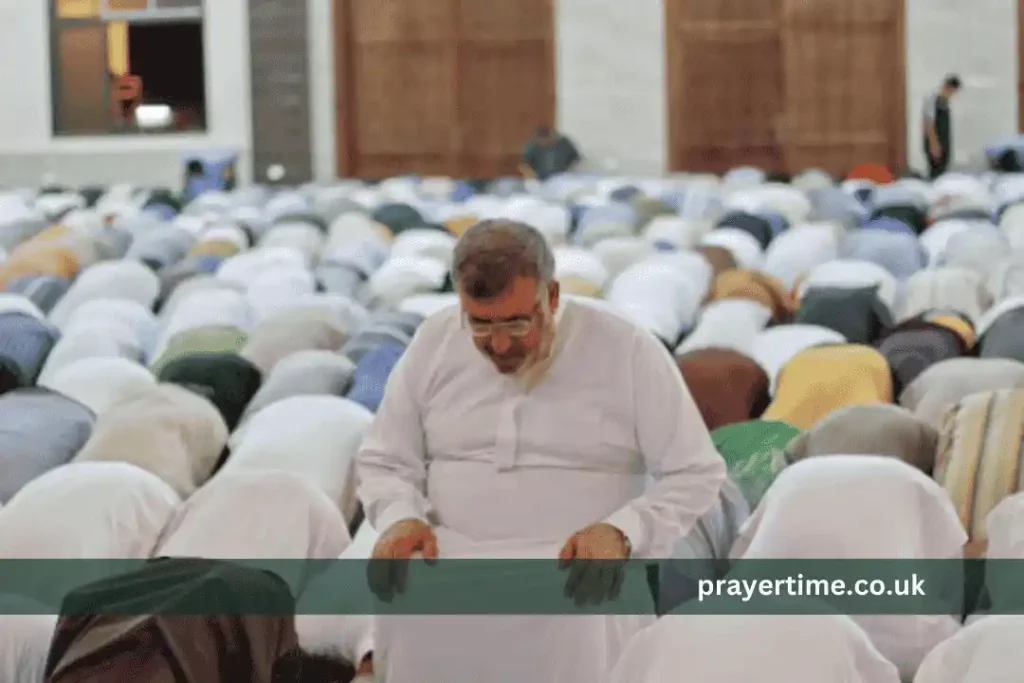
Conclusion
Recap of key points
As we’ve explored how to pray Taraweeh, let’s recap the essential points:
- Taraweeh is a special night prayer performed during Ramadan after the Isha prayer.
- It’s not mandatory but highly recommended, with great spiritual benefits.
- The basic structure involves praying in sets of two rakats, typically totaling 8, 12, or 20 rakats.
- Proper preparation, including wudu and choosing a suitable location, enhances the prayer experience.
- While praying in congregation at the mosque is preferred, Taraweeh can also be performed at home.
- Understanding the recitation, maintaining focus, and physical preparation contribute to a meaningful Taraweeh experience.
Encouragement for consistent practice
Learning how to pray Taraweeh is just the beginning of a beautiful spiritual journey during Ramadan. The Prophet Muhammad (PBUH) said,
“Whoever stands (in prayer) in Ramadan out of faith and in the hope of reward, his previous sins will be forgiven” (Bukhari and Muslim).
Remember, consistency is key in worship. It’s better to perform fewer rakats with full concentration than to struggle through many without focus. Build stamina and spiritual connection gradually by starting with what you can handle comfortably.
Take advantage of this opportunity to deepen your relationship with Allah, to reflect on the teachings of the Quran, and to purify your soul. Whether praying in a bustling mosque or the quiet of your home, each Taraweeh prayer is a chance for spiritual growth and blessings.
As you continue your Ramadan journey, may your Taraweeh prayers bring you closer to Allah, increase your faith, and fill your nights with peace and tranquility. Remember, every effort you make in learning how to pray Taraweeh and implementing it consistently is valued and rewarded by Allah.
Let the spirit of Taraweeh extend beyond Ramadan, inspiring you to maintain a strong connection with Allah throughout the year. May your dedication to this beautiful practice bring light to your nights and blessings to your days.
